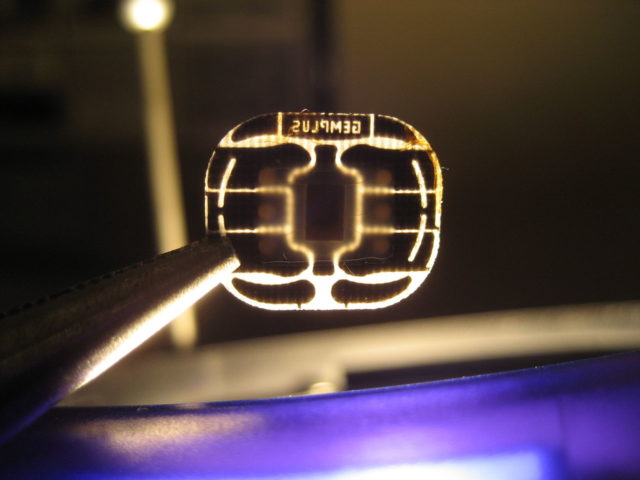NEWS
eSIM : What it means and how it works

Some years back, I was thinking about the future in general. I thought about hover cars; and if all these Agberos would still be doing “Owo da?” for flying cars.
I also thought about smartphones and that our smartphones shouldn’t need SIM cards to connect to cellular networks. That would save me from getting a new SIM card every time I port my number to a different carrier.
Ladies and gentlemen, the future has come!
Well, there aren’t hover cars patrolling my street now and Agberos are still collecting “Owo parking” but thankfully, up to some extent, we don’t need to swap a SIM card at all. At least, in the case of some devices that have launched recently and in the past.
GSMA has started popularizing eSIM (embedded Subscriber Identity Module). Devices with support for eSIM feature an internal SIM card that’s attached to their motherboard. And the devices can connect to the networks of different carriers without requiring a physical SIM card.
The concept of eSIM isn’t brand new. GSMA started exploring the possibilities for software-based SIM cards as early as 2010. eSIM provides the same electrical interface as you would find on regular, micro, and nano cards.
The initial version of the embedded SIM specification was limited to eSIM support on smartwatches, tablets, and fitness trackers. The second version brought support for almost any consumer device, including smartphones.
The devices can store multiple carrier profiles at once, but they can only use one at a time. And the carriers can configure an embedded SIM over the air to be used on their network, known as Remote SIM Provisioning.
Moreover, such devices can even share the same number and cellular plan. Take the example of Apple Watch Series 3 with LTE. It has the eSIM support and it can use the same phone number as your iPhone and take advantage of the cellular network. You only have to pay some extra fee.
Bringing eSIM to mainstream could be beneficial for the manufacturers, carriers, and customers. It would reduce the hassle of maintaining different SIM cards. Carriers would be able to modify the data on eSIM according to their requirements. In a possible scenario, switching between carriers might become a deal of a few minutes for the users.
Devices having an eSIM built-in can also save some space on the inside. This helps the manufacturers while designing smaller hardware, as there won’t be any sim card slot.
eSIM on Google Pixel 2 and other devices
The eSIM support on Google Pixel 2 and Pixel 2 XL is currently limited to the subscribers of Google’s Project Fi. You can still put your regular SIM card as there is a slot available.
But Pixel devices aren’t the first in line. Samsung Gear S2 Classic 3G, launched in February 2016, was the first to support GSMA’s eSIM specification. And even before that, Apple enabled similar functionality on selected iPad models through their homegrown tech called Apple SIM.
The arrival of embedded SIM can benefit various device categories like Internet Of Things, health devices, etc. Soon, more devices would need direct cellular connectivity, and also, you don’t want yourself changing tens of SIM cards across your home when you take a new connection.







